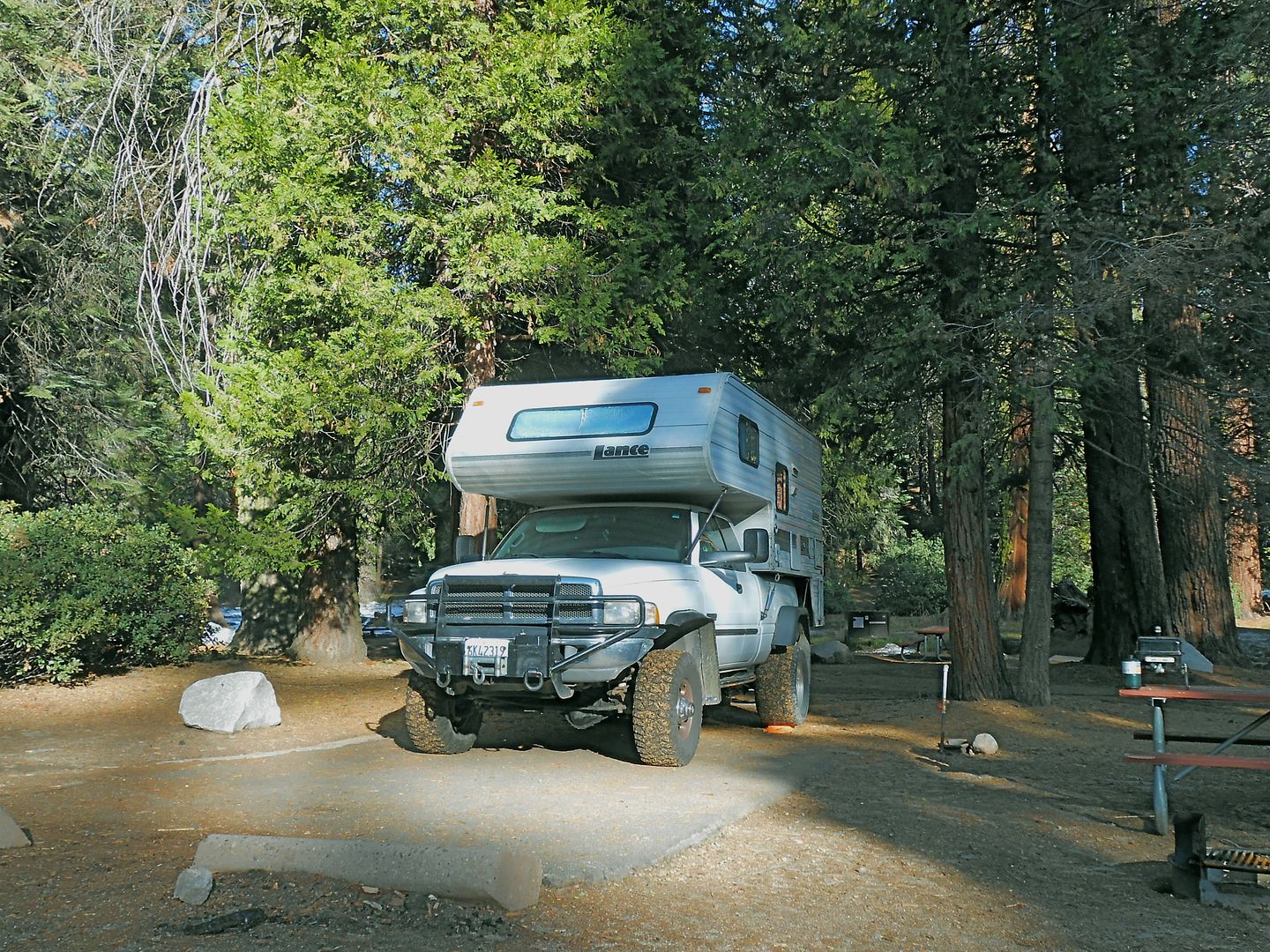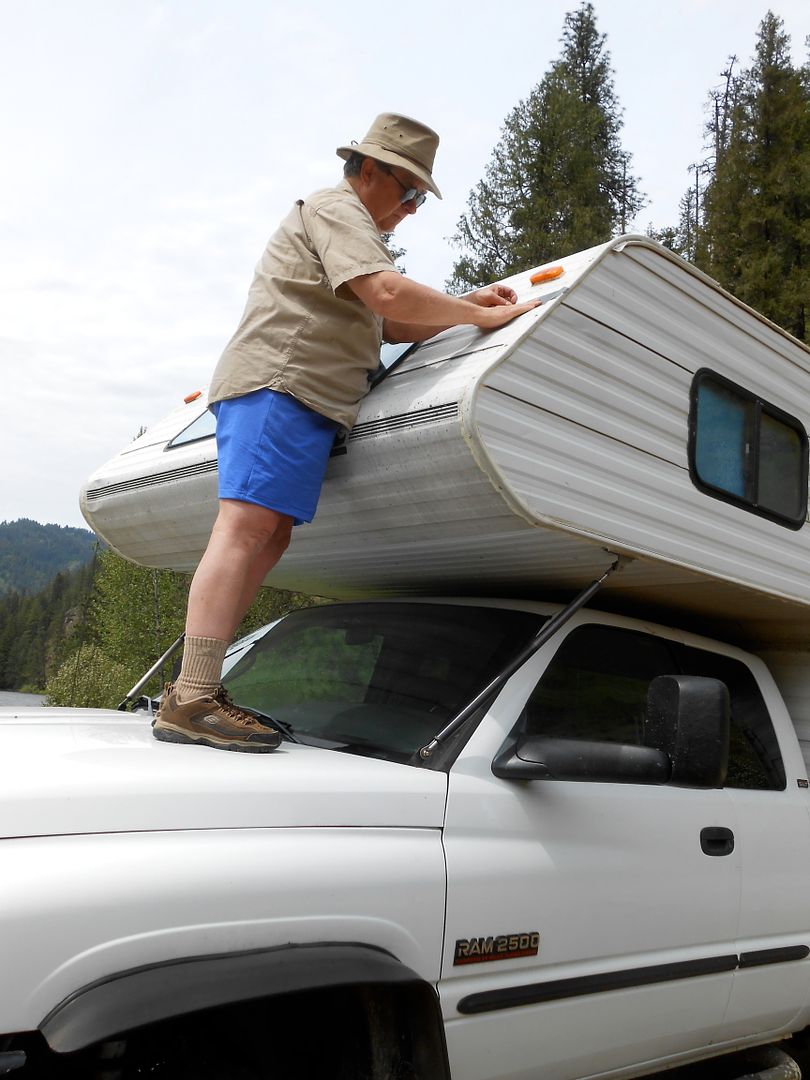I know this is an old thread, but I thought I might contribute some info that was not covered. I use the Lance Struts. I still like them as they do the job well, at least better at porpoising control than nothing, especially on a short bed. The TC feels more 'out of control' without them. They are kind of like a girdle, keeping things in control.
The main thing is to get them installed within the range of motion between the TC and the T. Every install is a little different as some have more front-down travel or more up-travel than others. Also, my TC is narrower so has that out angle considerably reduced compared to a wider camper.

Also, some trucks (older Fords namely) have more frame flex that you must take into account. You need to know the range of motion. You don't want the plunger going all the way in or all the way out to the limits. The factory struts are made to clear the door opening and to blend in with the A pillar keeping your view unobstructed.

If you use shorter struts than the factory recommends, you will need more compression/expansion length. Why? A strut (or non-gas charged, compression both ways, shock absorber, which this essentially is) has a shorter throw when the item is on an angle (60 degrees or so) than when in a more vertical position.
Early on, I pulled the screws on one of the struts right off the front of the camper frame while traversing a frame twisting trail. So, I installed bigger stainless steel screws in new holes and moved the upper bracket position forward a bit to stay farther from the edge. Since the screws tended to come loose over time, I applied some LocTite for wood screws and that solved it. Also learned to remove the struts entirely when on said frame twisting trails. THE most complicated thing about the struts was remembering that there are TWO pointed allen set screws, one on top of the other holding the sliding aluminum cast bracket on the aluminum TC track. I just about tore the thing to shreds before remembering that.
regards, as always, jefe

